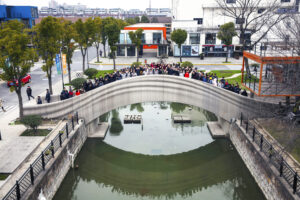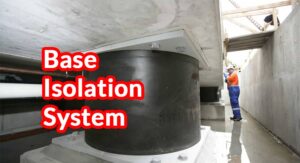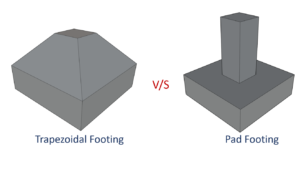
Types of Plumbing Pipes Used in Building Construction

Different types of plumbing pipes are used in building construction works for various purposes such as water supply, drainage, waste disposal made of different materials. In every building, sufficient quantity of water should be available at required locations to meet various needs of occupants. So, water needs must be properly computed before the construction of structure. The transmission water is carried through pipes within the structure above or below the ground. At the same we must compute the proper drainage facilities to drain the wastewater through pipes.
What is Plumbing System?
The Plumbing system comprises the whole system of pipe fittings and appliances used for water supply and drainage. In this supply and drainage system different pipes are used for different purposes which are explained below.
1. Drainage Pipes Based on Material of Manufacturing
- Concrete pipes
- Cast iron pipes
- Stone ware pipes
- PVC pipes
- Asbestos cement pipes
2. Supply or service pipes
- Copper pipes
- Galvanized iron pipes
- Polythene pipes
- Lead pipes
3. Drain pipes or waste disposal pipes
- Soil pipe
- Waste water pipe
- Rain water pipe
- Vent pipe
- Anti-siphon age pipe
1. Drainage Pipes Based on Material of Manufacturing
Pipes used in drainage system are made of different materials. Which are as follows
- Concrete pipes
- Cast iron pipes
- Stone ware pipes
- PVC pipes
- Asbestos cement pipes
Concrete Pipes
For heavy drainage water disposal, concrete pipes of large diameters are used. Smaller diameter pipes are used for small flows. These are made of concrete only; no reinforcement is provided. These are pre casted pipes.
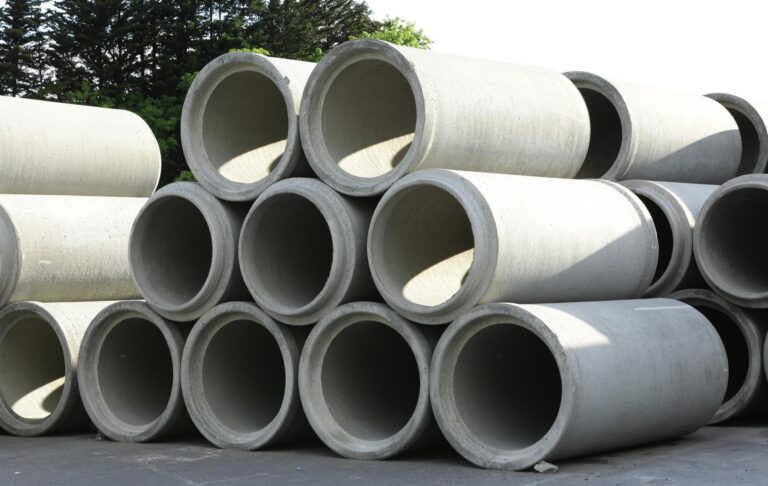
Cast Iron Pipes
These are made by pouring molten iron into sand molds. These are used for rain water disposal, waste water disposal etc. they are available only in shorter lengths.
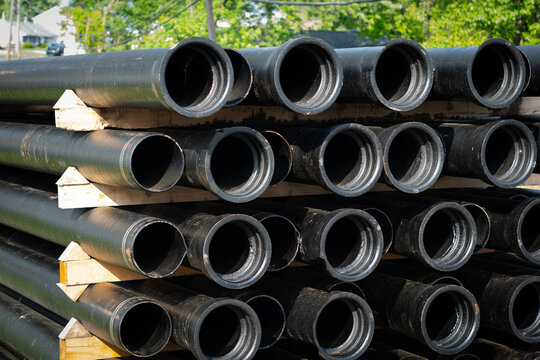
Stoneware Pipes
These are manufactured in ceramic industries by burning soft soil in high temperature. These are used for carrying drainage in underground. For installation of stoneware pipe skilled workers are required.
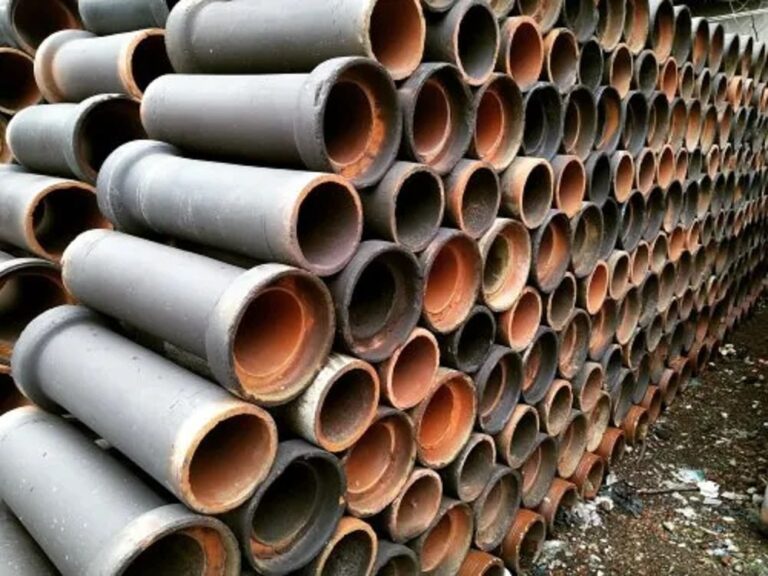
PVC Pipes
These are used for both supply system and drainage system. These are very ec
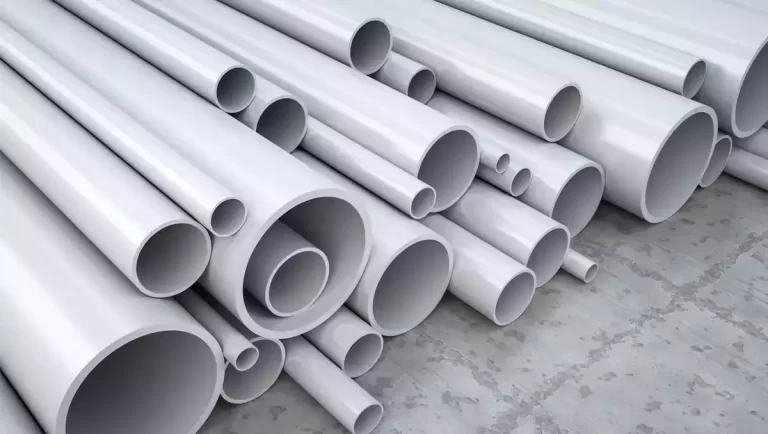
Asbestos Cement Pipes
These pipes are very cheap compared to all but they can break easily. They are provided as vent pipes, soil pipes, rain water pipes etc.
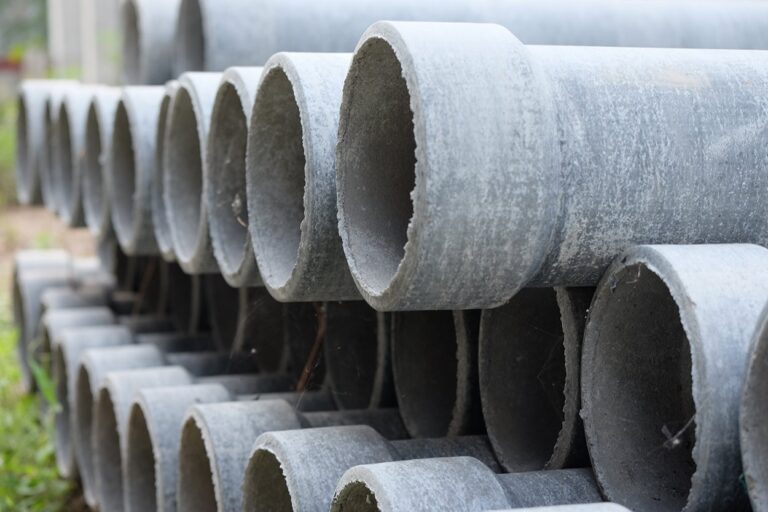
2. Supply Pipes or Service Pipes
The pipes which are leading from the distribution main of water supply to the plumbing system of house are known as service pipes. These service pipes are made from different materials as classified below.
- Copper pipes
- Galvanized iron pipes
- Polythene pipes
- Lead pipes
Copper Pipes
When ground water is highly corrosive to metals then copper pipes are used. Copper have high corrosive resistance when compared to other pipe metals and they also have considerable strength, reasonable ductility. They are available in long lengths in the market. They can bare high pressure so; these pipes are also used for industrial purposes for heavy flows. There are two types of copper pipes are available namely HEAVY GAUGE and LIGHT GAUGE pipes. Heavy gauge pipes are used where pressure is very high, like as the leading pipe from distribution main, for large flows etc. light gauge pipes are used when the pressure does not exceed 0.15N/mm2 that is for internal domestic pipes.
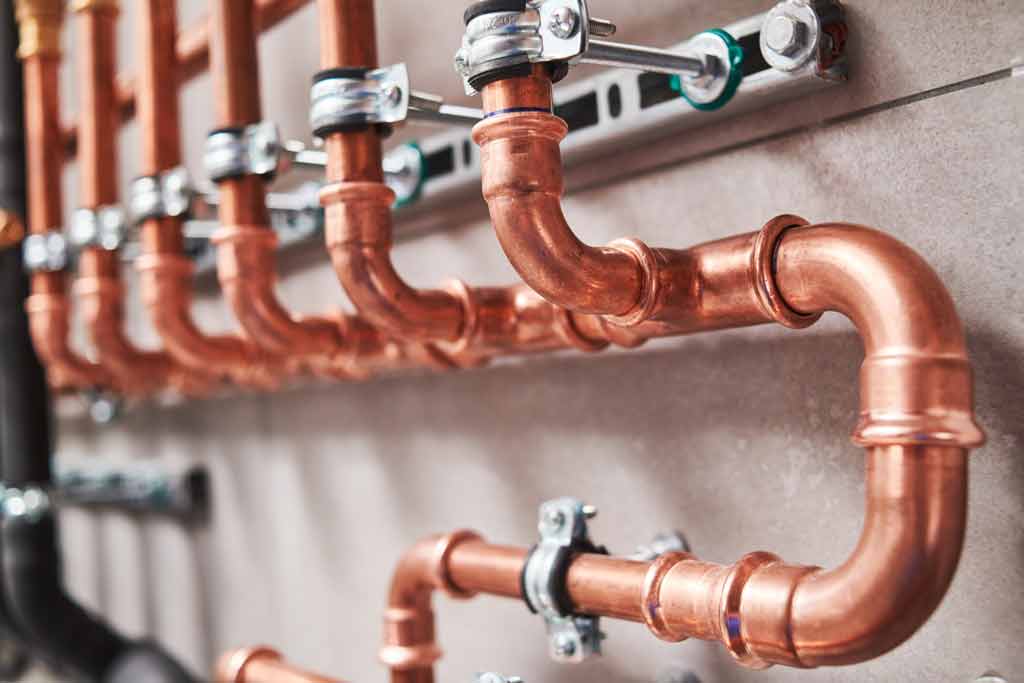
Galvanized Iron Pipes
When compared to copper pipes, G.I pipes or steel pipes are very economical. But they corrode easily in soft and acid waters. In the other case galvanized iron pipes are much stronger than copper pipes so, we can use this pipes in places where chance of corrosion is less or in hard water areas. Hammering is needed to remove the scales formed by hard water.
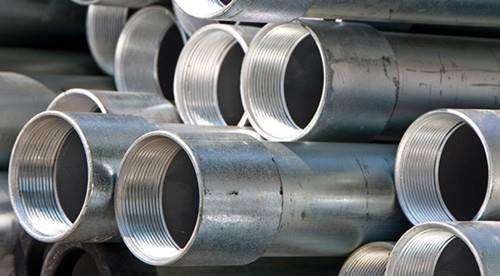
Polythene Pipes
Polythene pipes or plastic pipes are used for cold water services. Nowadays, plastic pipes dominate the others by some advantages as follow a. Do not corrode b. Cheap in cost c. Less weight d. Ease of installation e. Do not require threading f. Resistant to bacterial scale So, these are mostly used in the world but they are limited to cold water supplies. They do not sustain high temperature.
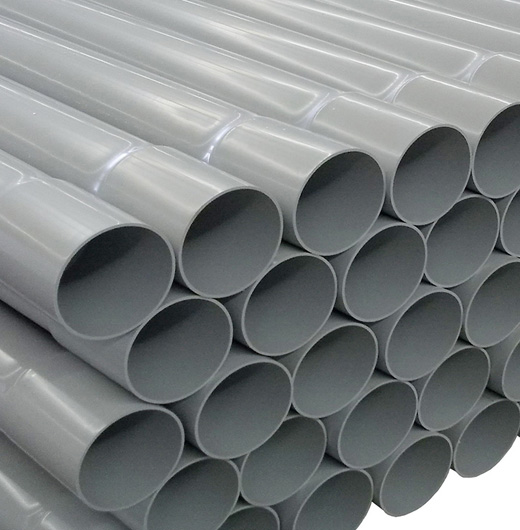
Lead Pipes
Lead pipe has high corrosion resistance, flexibility and hydraulic coefficient of flow. But lead content in water may leads to poisoning effects which are harmful for people. So, it is not preferred.
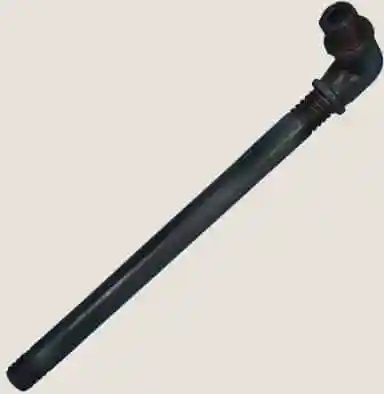
3. Drain Pipes or Waste Disposal Pipes
Generally, in a house waste water is produced from different places like kitchen, bathrooms, etc. these whole waste is does not carried by single pipe instead of different pipes are arranged to dispose the waste. The types of waste water pipes are described below.
- Soil pipe
- Waste water pipe
- Rain water pipe
- Vent pipe
- Anti-siphon age pipe
Soil Pipe
A pipe which carries human excreta from water closet to septic tank is called soil pipe. It is not connected to any other pipes except vent pipe. Soil pipe should have 100mm diameter.
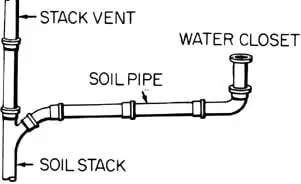
Wastewater Pipe
A pipe which carries only liquid waste from kitchens, wash basins etc. is called waste pipe. It does not carry human excreta. Horizontal waste water pipes are having 30 to 50mm diameter and vertical wastewater pipes have 75mm diameter.
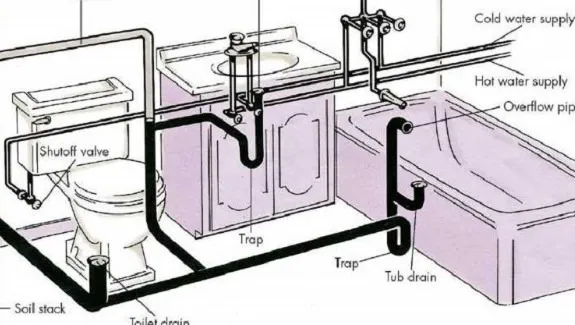
Rainwater Pipe
A pipe which carries rainwater from roofs during rains is called rain water pipe. By providing this type of pipe we can prevent the accumulation of water on roof top. The water collected is useful for gardening or farming. 75mm diameter pipe is preferable for rain water disposal.

Vent Pipe
A pipe which is provide for the ventilation purpose to facilitate the exit of foul gases into atmosphere. It is opened at top and bottom. It is provided at least 1m higher than roof level. Generally, 50mm diameter pipes are provided as vent pipes.

Anti-Siphonage Pipe
A pipe which is installed for the purpose of preserving the water seal of traps in drainage system is called anti siphonage pipe. So, this is very helpful to seal the back flow of drainage. Anti-siphon age pipe connected to soil pipe should have 50mm diameter, connected to waste water pipe should have 40mm diameter.



